Assam, a remote state in eastern India, has recently made international headlines for something that sounds mundane enough: a census.
But India's National Register of Citizens (NRC) is more than that. Designed to weed out illegal immigrants in Assam, the NRC has already been accused by human rights groups as being a tool for discrimination. Around 1.9 million citizens were omitted from the final list, their future as Indian citizens now uncertain.
If stripped of their citizenship, these people may be forced to live without the right to work, vote, or receive aid in a country that refuses to recognize them. The international media has folded the NRC into the Hindu nationalism of Prime Minister Narendra Modi and his right-wing party, the BJP; scores of human rights groups have called the NRC an extension of the party's anti-Muslim agenda, which includes the revocation of autonomy in majority-Muslim Kashmir.
But the community of Bengali Muslims in Assam is caught in the middle of a threat that extends even beyond the national census. Increasingly volatile weather and environmental degradation threaten to wash away their homes, their communities, and the very land used to prove they're Indian citizens.
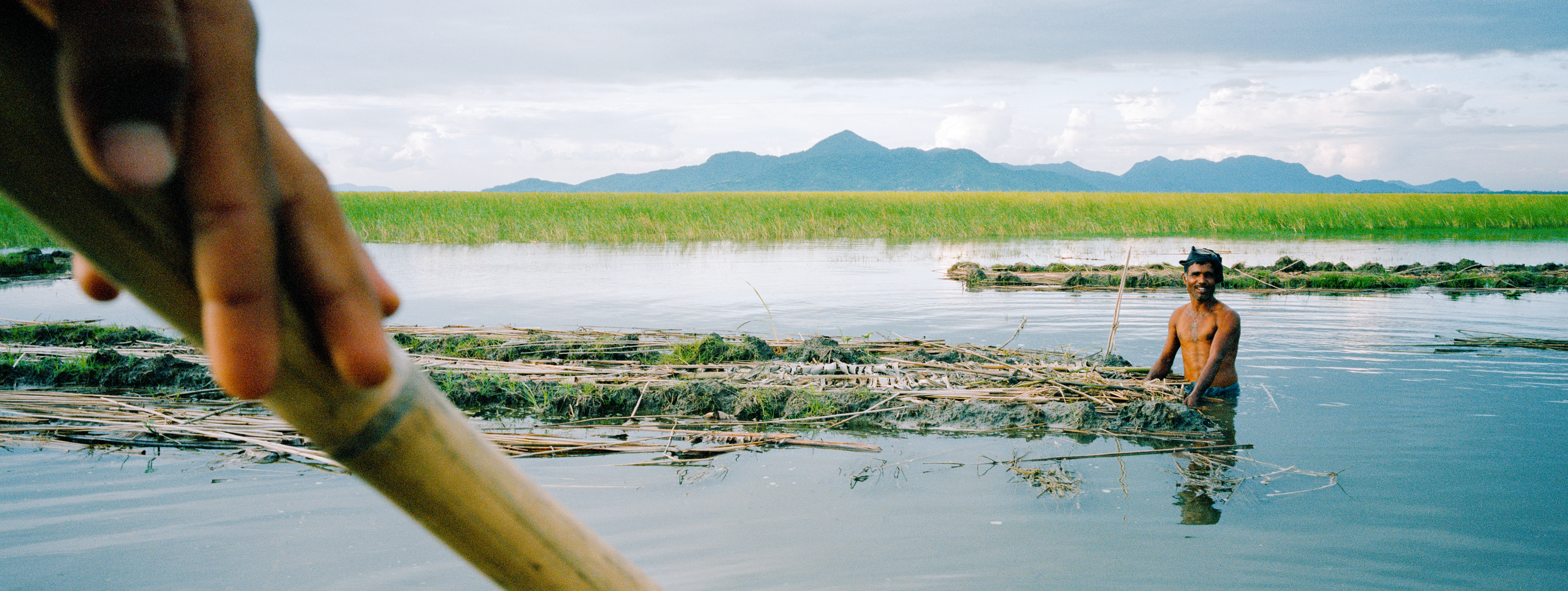
Assam is split by the Brahmaputra River, a vast waterway that sometimes sprawls for miles from bank to bank. The river is punctuated by thousands of impermanent, low-lying islands, known as chars. The chars are formed when sediment carried down from the Himalayas by the river's strong current accumulates in the folds of the riverbed. After a handful of years, the process reverses, and the twisting river wears away at the edges of the island. Inevitably, the land disappears.
The chars are a unique geological phenomenon, and for more than a hundred years, Bengali immigrants and their descendants have claimed the transient landmasses as their home. Hopping from island to island, the char dwellers live a lifestyle that is both agriculturalist and semi-nomadic—they are of the land, and of no land.
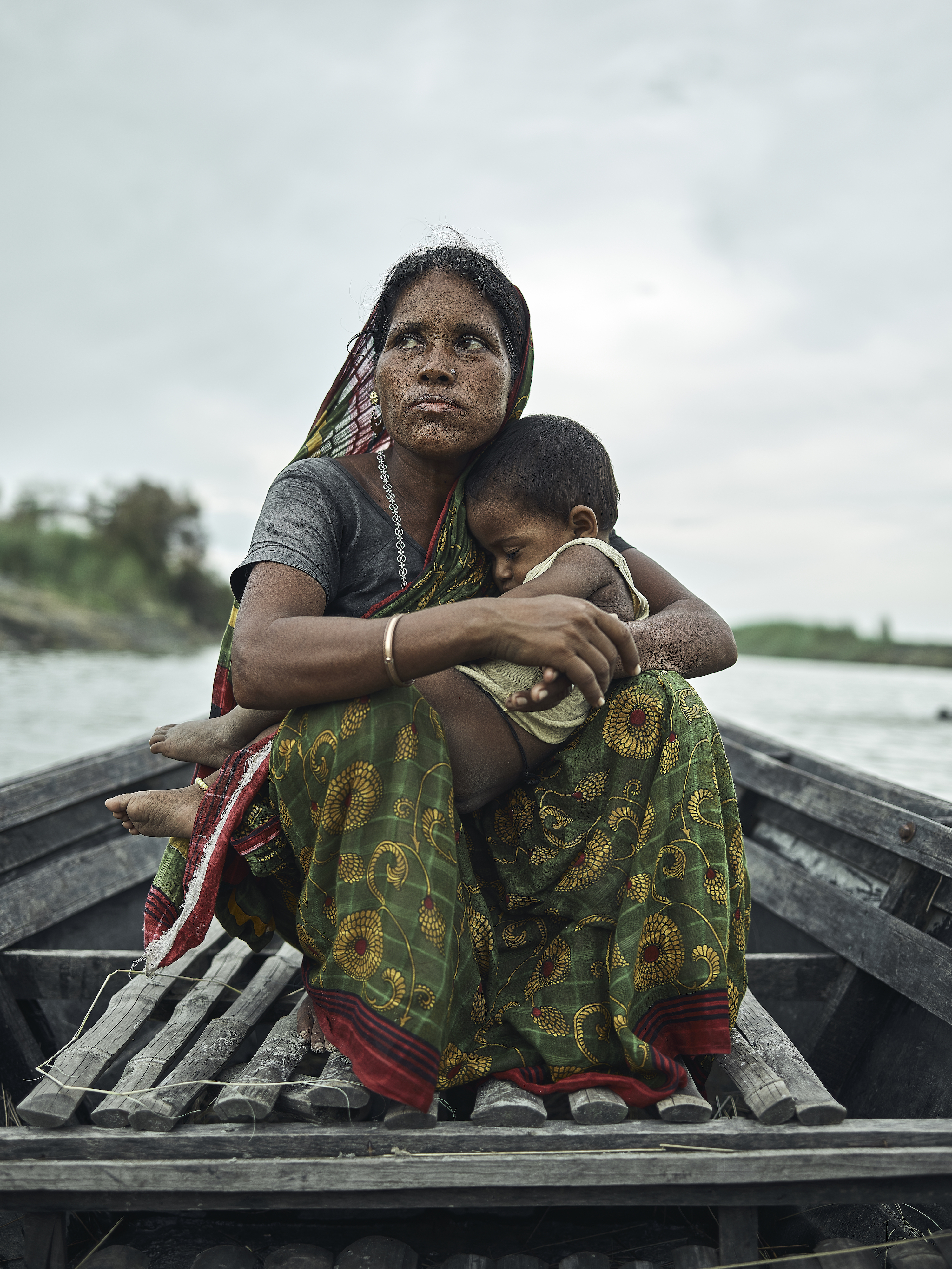
Despite the unstable nature of the river, it is a home for those who would otherwise have none. More than two million Bengali Muslims now eke out an existence across some 2,600 chars. But, as both the physical and social terrain shifts around them, the odds are increasingly stacked against them.
Now, challenged by the NRC to prove their heritage, these Bengali river communities are scrambling to provide documentation that shows their historic ties to Assam. The documents that confirm one’s identity—school transcripts, ancestral records, land ownership certificates—have become the only lifeline to something as fundamental as citizenship. As one char resident commented, “You need to keep the record alive... that document is now worth more than the land itself.”
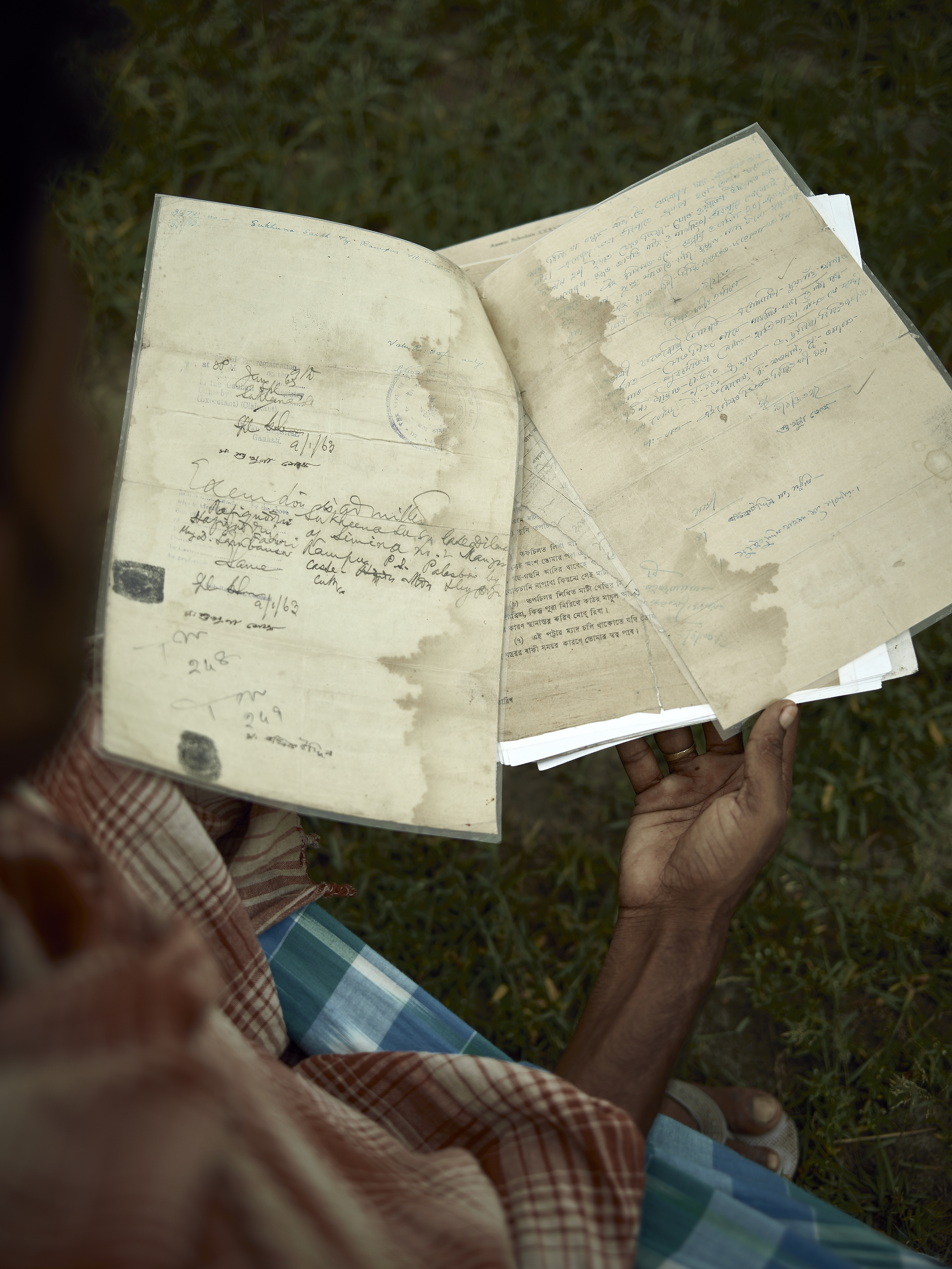
Monser Ali, 90, remembers the erosion of Tarabari—previously the largest ship-port on the Brahmaputra—following the Assam earthquake in 1950. “While they were boarding the ships and boats for unknown, far away land, they were crying so much!" he said during a recent interview. "We saw people’s lives and everything were going under water, floating and washed away in the vast sea.”
Life on a char is difficult, defined by impermanence and scarcity. The seasonal monsoon floods sweep away homes, schools, mosques, and children. Erosion makes building permanent infrastructure, such as roads and or an electric grid, impossible. It can take an hour to reach an island by motorboat, and as many as four to reach a hospital. The physical isolation enables the government to neglect educational and healthcare services without risk of repercussion. The char residents' traditional Islamic attire and Bengali dialect, preserved in part due to their limited contact with others, are often used by mainlanders to brand them illegal Bangladeshi immigrants. The geographic distances among the chars makes it harder for this community to organize.
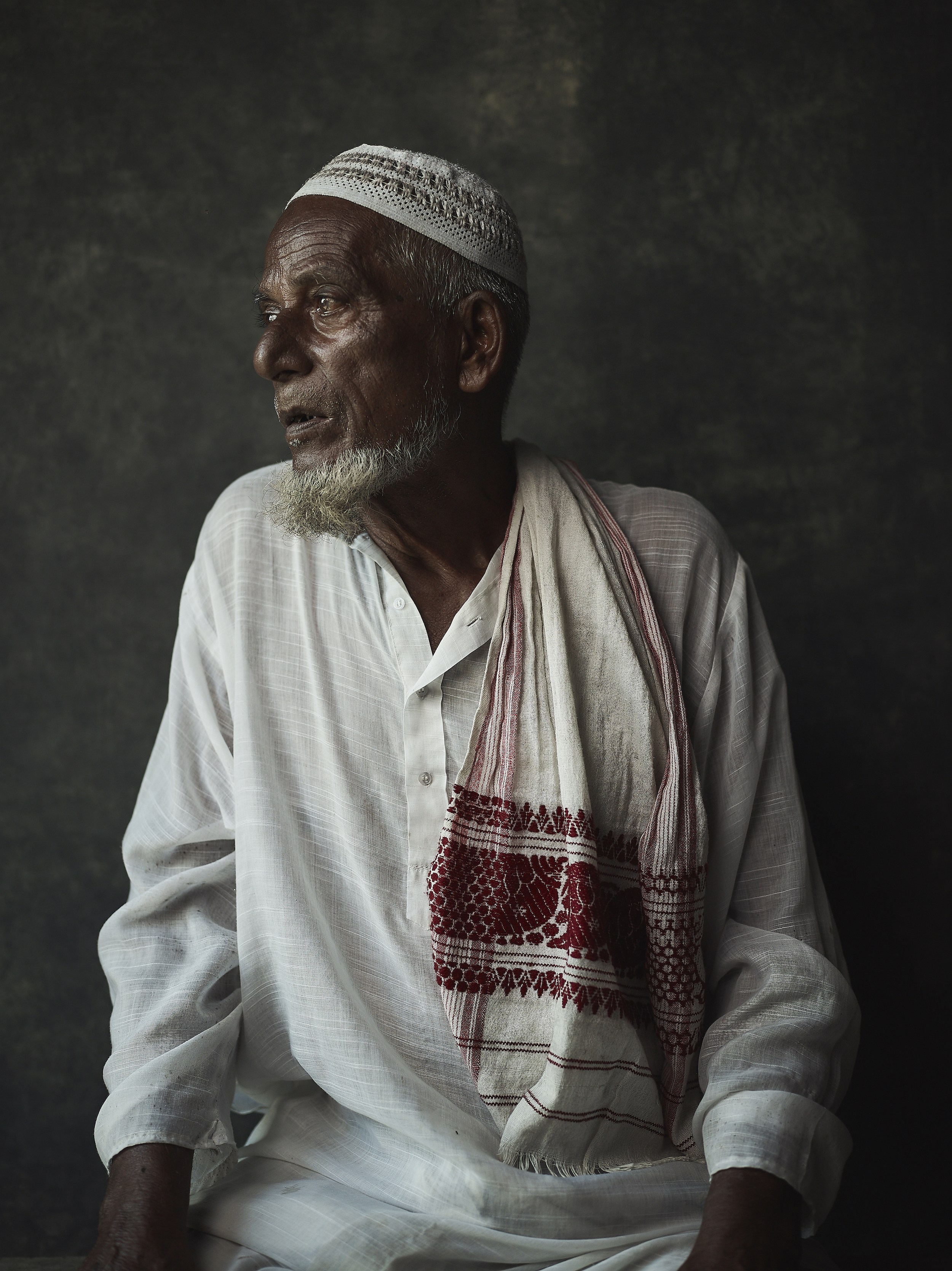
Due to the unique difficulty of proving residency on temporary land, the river community has become particularly vulnerable to attacks on their citizenship by ethno-nationalist and anti-immigrant groups.
“Your land is your identity," a community leader and victim of river erosion told VICE. (The leader asked to remain anonymous due to the tense political atmosphere.) "If your land is taken away, you become an easy target for those who want to erase your identity."
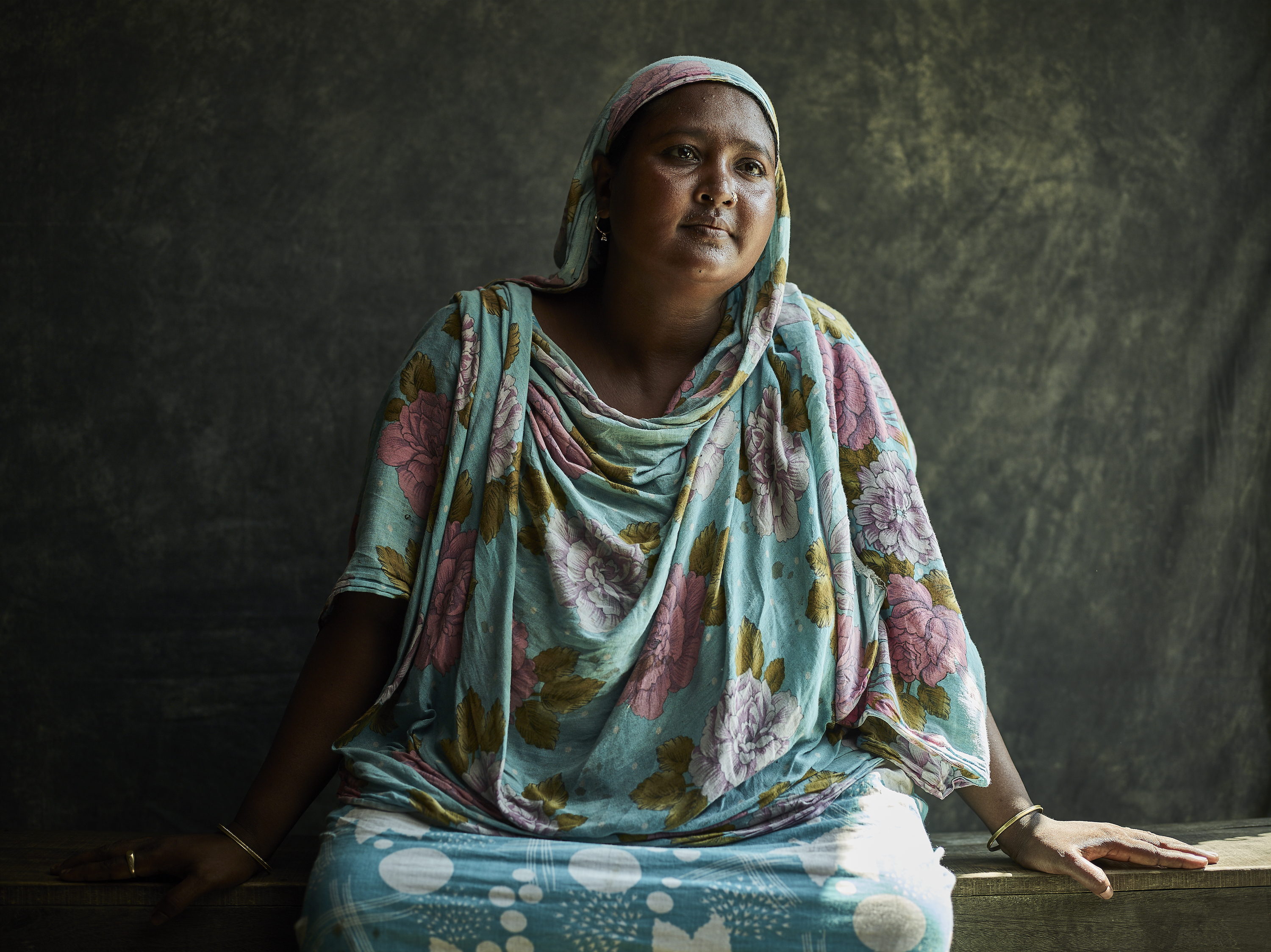
The chars are in a constant state of flux, which has made it impossible for many to provide consistent documentation of land ownership. Communities are split down the middle by erosion, further complicating the record-keeping process. Kanak Boruah, a professor at the Dakshin Godhuni school in Barpeta district, explained that poverty and displacement make access to limited educational resources difficult. Literacy hovers around 20 percent on the chars, and on his char, only 6 percent of people are literate. It is impossible for many to interpret their documents, let alone submit them to a verification process that has already proven to be arduous and largely unreliable.
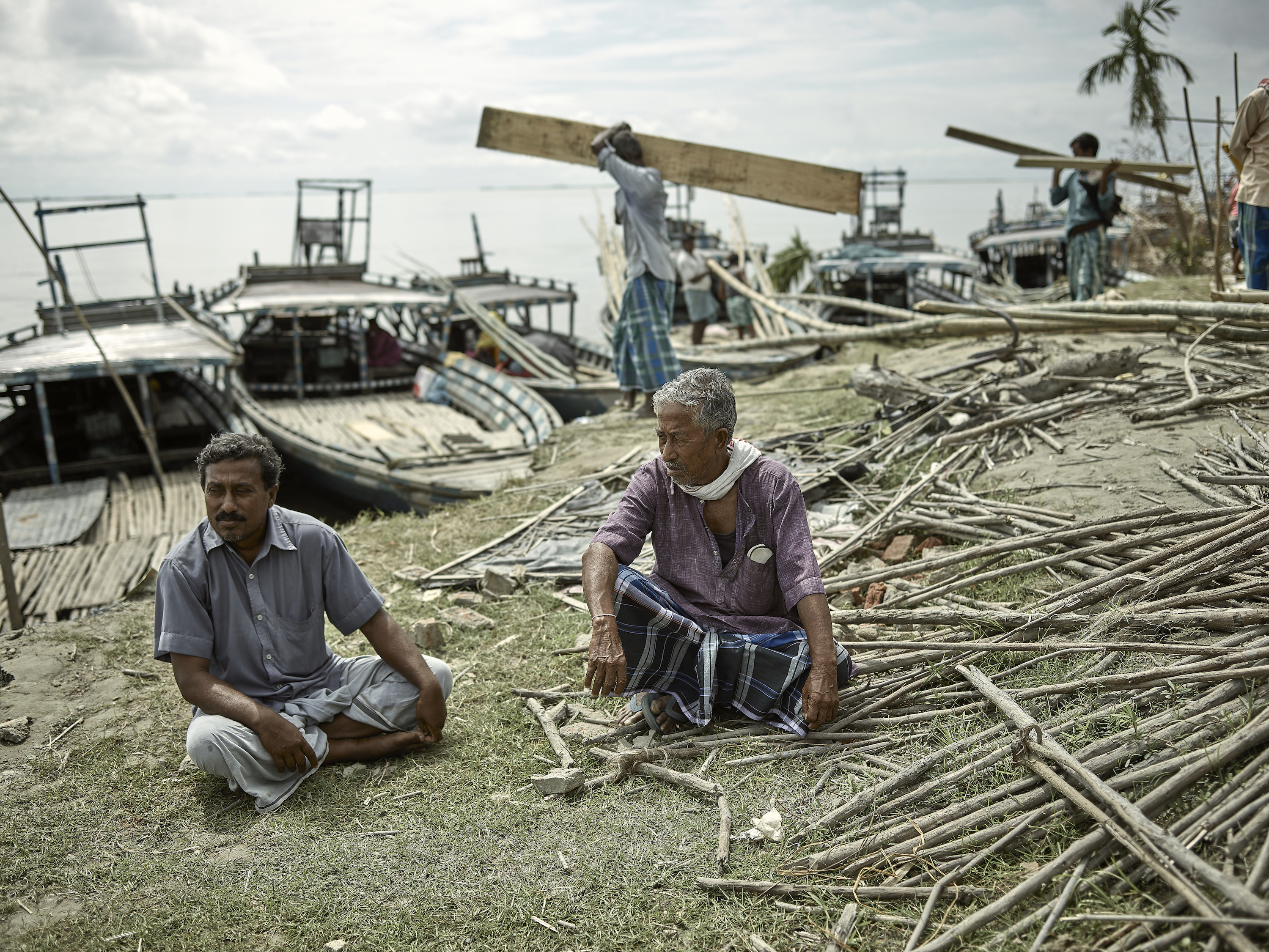
“The government says they have carried out campaigns on television about the [NRC process]," Hassein continued. "But how many households in the islands have televisions? How many people know how to read newspapers? Rather there should have been special programs and teams on the islands to let the people know about the process.”
Even for those who are able to provide documentation, it is not uncommon for the fragile paperwork to wash away in the seasonal floodwaters. Many have resorted to extreme measures out of a desperation to preserve their identities. As the water reached their ceilings during historic flooding in July, people refused to abandon their homes. Without documents, physical property was their only remaining hope towards citizenship.
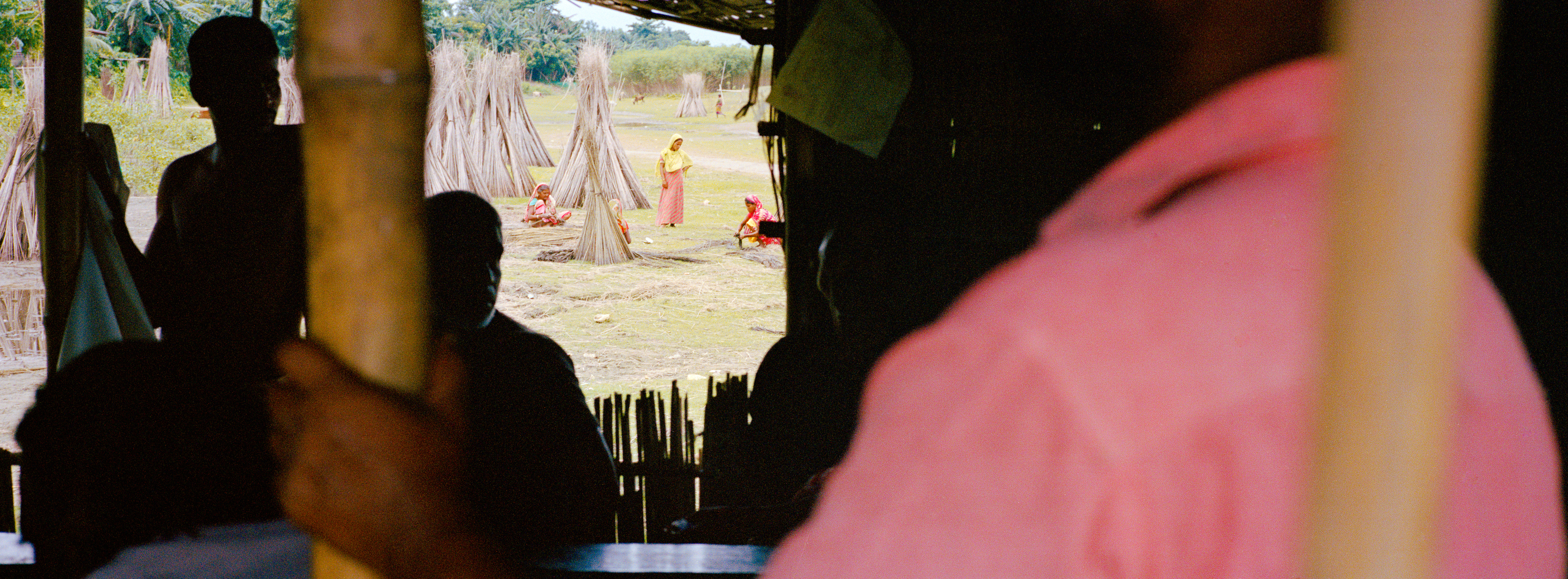
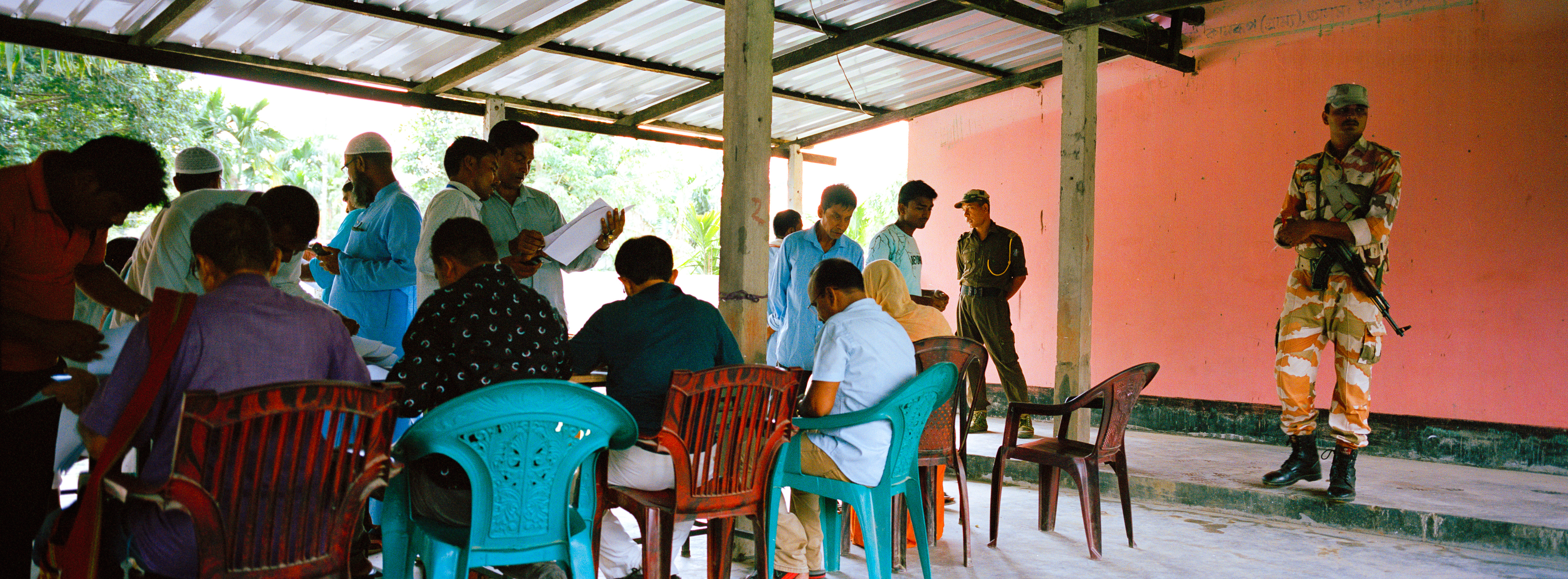
Others have continued to pay taxes on land that was swallowed by the river long ago. "If they complain to the government that their land was washed out by the river and they are still paying tax on it, they fear that the government will take revenge and raise questions about their citizenship,” a village panchayat, or leader, said. “Yet, If they stop paying the tax [on the underwater land], the government will take their land, and along with it, their identity.”
Geographic discrimination in Assam dates back to British colonialism. Fueled by the explosion of tea cultivation in the mid-1800s, the British empire relentlessly transformed the physical and social topography of the Brahmaputra River Valley. As hundreds of thousands of Bengali laborers migrated to the area to work in tea plantations, British rulers and Assamese natives became fearful of the demographic shift. The British then instituted the "Line System" in 1920, a set of rules by which the British would demarcate land for settlement by either immigrants or indigenous peoples. The stated goal of the Line System was to prevent ethnic conflict, but the partitioning of land largely served to instigate conflict over property rights.
Forced to settle in undesirable riverine areas, poor Bengali migrants populated any affordable and available land. The chars were unclaimed by the native Assamese, and the alluvial soil was found to be remarkably fertile for crops like rice and jute. As a village head in Gauhati district said, “[Bengali migrants] looked for land where they could practice the same agriculture they were used to in Bengal ... In this way, they became separated from the mainland, and this is where their identity began.”
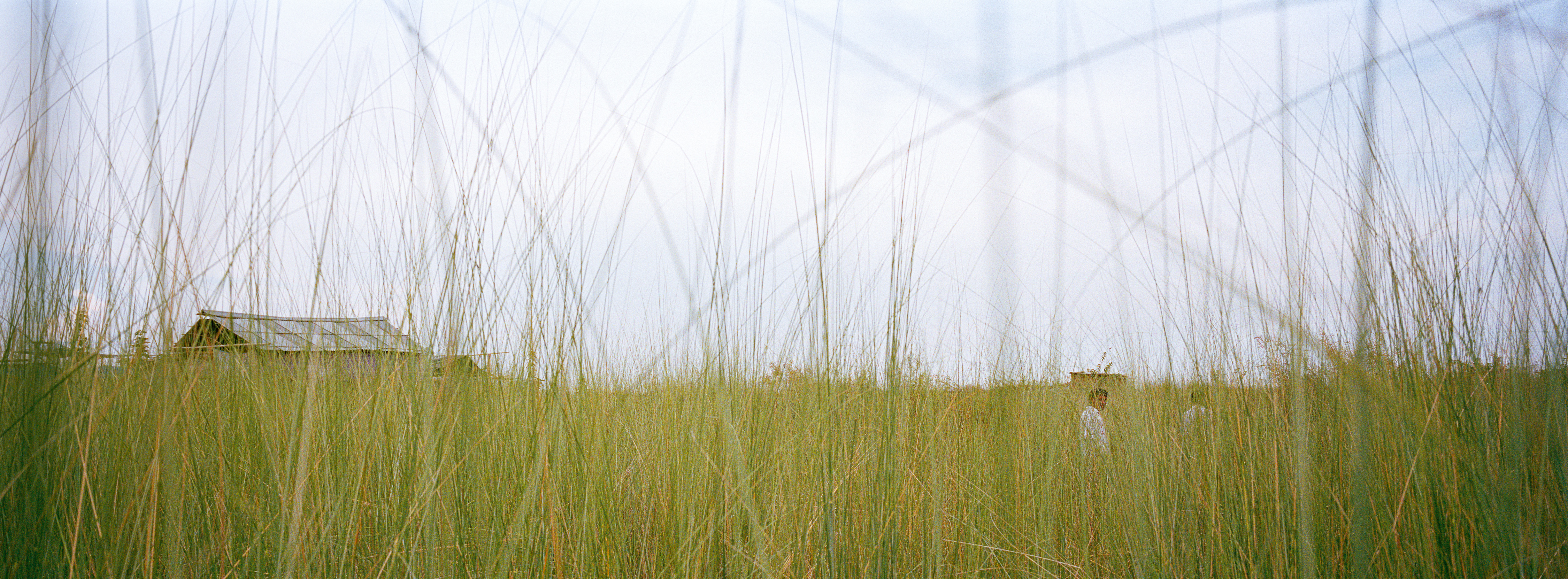
In the last half-century, a sprawling network of dams, embankments, and canals have throttled the natural undulations of the river, turning the Brahmaputra into a major industrial thoroughfare. The climate crisis, in turn, has intensified glacial melt in the Himalayas and elevated water and sediment discharge downstream.
Entire tracts of a char might crumble into the water within a day. The seasonal floods have also become more erratic and dangerous. Inevitably, as the river eats away at the farmland, families must pack their belongings and relocate their entire lives. "In the past, elders could sense when the floods would come," Jabbar Ali, a farmer from Barpeta district, said. "But now, it doesn’t have any timeline. It comes whenever it wishes."
This has left the future of the millions on the chars in doubt. While char residents are itinerant by nature, displaced communities that are not able to resettle on other chars face mistrust and suspicion from mainlanders as they seek refuge and livelihoods closer to solid ground.
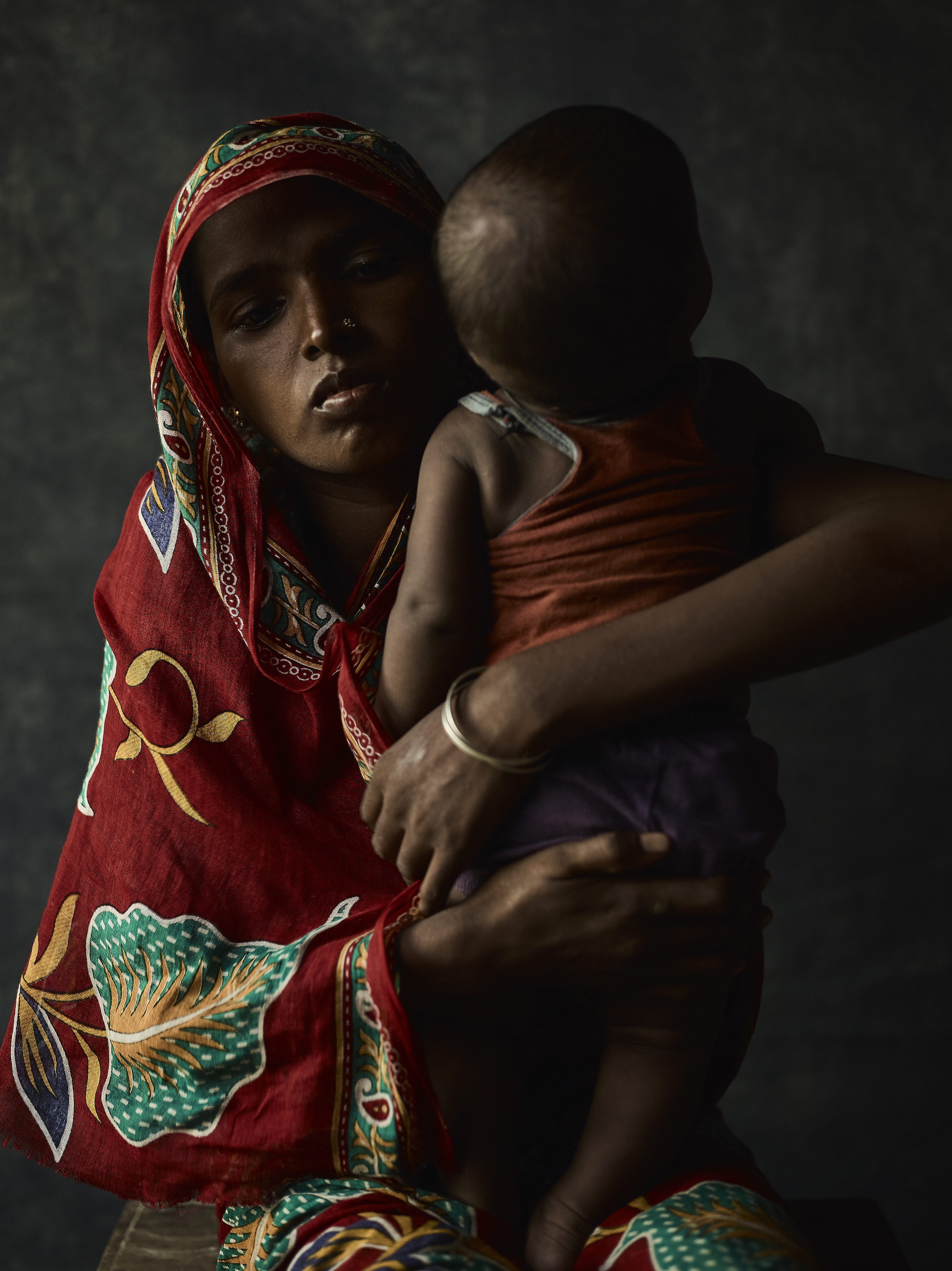
For example, char dwellers often seek work in day-labor markets on the mainland, where they are subjected to discrimination in the form of wage theft and poor treatment. Yunish Ali, a 28-year-old day worker at the Hatigaon labor market in Guwahati, said he was forced to find work in the city after losing acres of farmland to erosion. His daily pay ranges from 350 to 500 rupees, or about five to seven dollars, but oftentimes he only receives a fraction of the wage, and will sometimes work for weeks without pay.
Where this goes is unclear, but the fear from human rights groups is that if the Indian government is able to strip citizenship from the residents of the chars, the government will be able to absolve itself of the duty to respond to a growing humanitarian crisis. As Saddam Hassein, a 23-year-old char resident studying to become a teacher, explained, "Since the people here can’t press for their rights due to their lack of education, they will always get less."
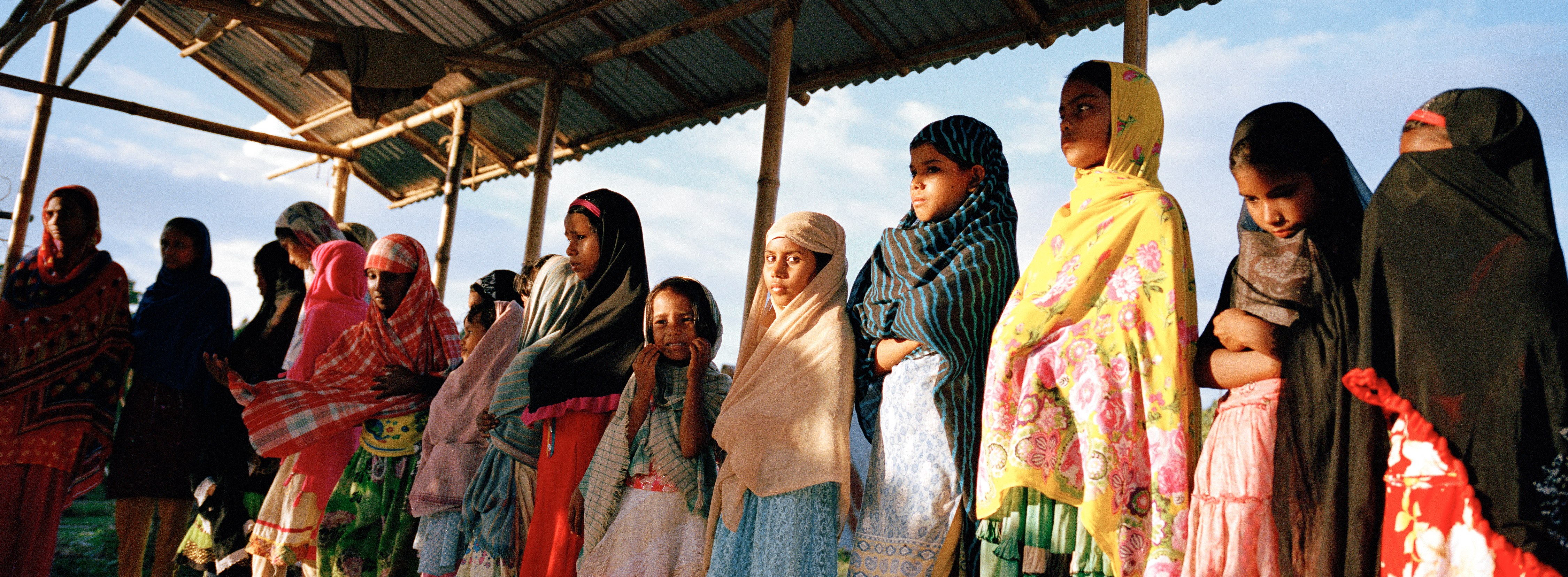
from VICE https://ift.tt/2oT5pyU
via cheap web hosting
No comments:
Post a Comment